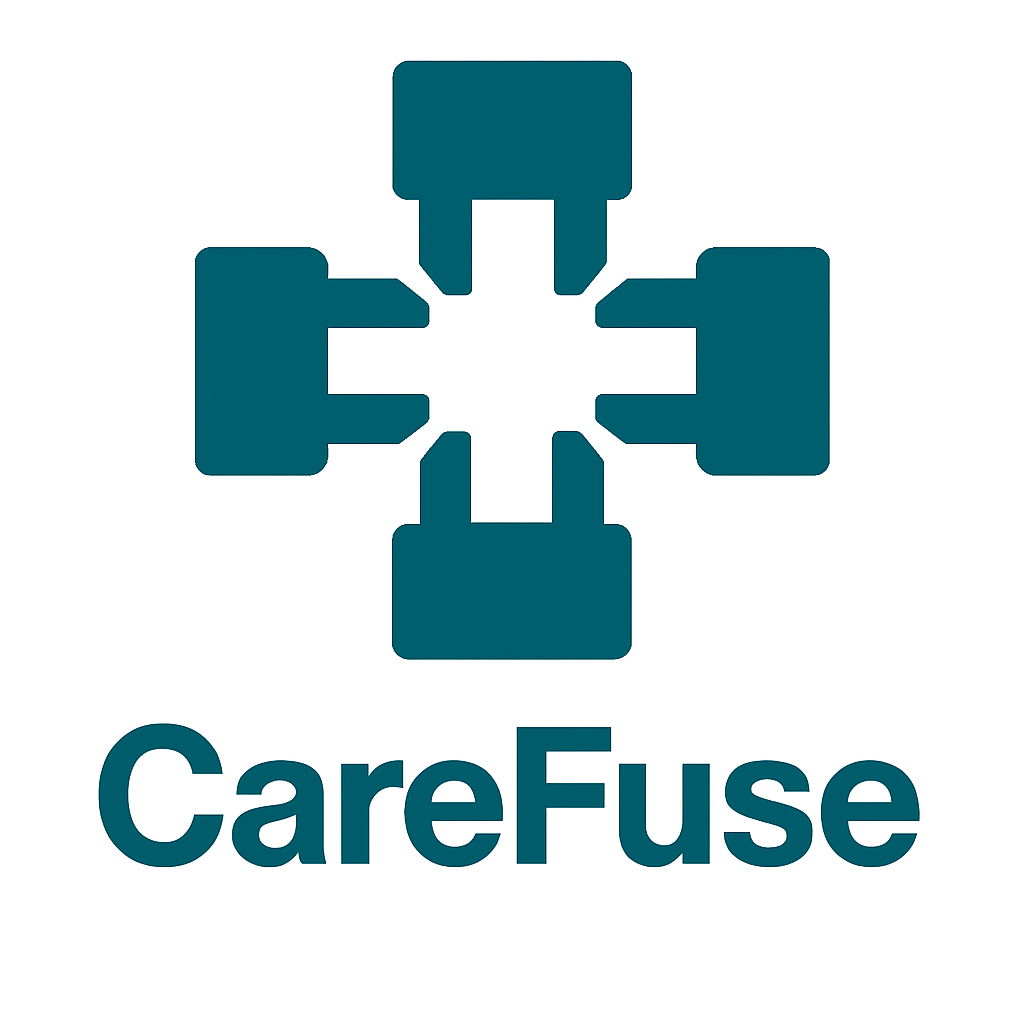Transparent AI for Orthopedic Surgery Prediction
CareFuse is the first company to build a counterfactual AI model for total knee arthroplasty (TKA), predicting individualized outcomes with and without surgery. With ~790k TKAs annually in the U.S., and 30% of patients gaining no benefit, our SHAP-explained platform empowers payers to identify the right moment for the right patient, reducing unnecessary surgeries and costs.
Clinical Decision Support
Predict whether a member will achieve MCID (ΔWOMAC ≥ 10) at 12 months with transparent, explainable AI built for UM workflows.[10]
Patient Profile
| Feature | Value |
|---|---|
| Age | 74 |
| Sex | F |
| Body Mass Index (BMI) | Obese |
| Baseline Pain & Function | 15.6 |
| Baseline Pain | 4.0 |
| Baseline Stiffness | 1.0 |
| Baseline Disability | 10.6 |
| Lifestyle Modification | None |
CareFuse is an FDA-exempt decision assistance tool that supports providers with data-driven insights. It is not intended to deny care but to assist clinicians in making informed decisions.
About TKA Surgery
Total knee arthroplasty (TKA) is an invasive surgery with risks and a lengthy recovery period. This software helps identify potentially ineffective surgeries before they occur to protect patient well-being.[11]
TKA Success
Top Influencers
Conservative Success
Top Influencers
Counterfactual Analysis
Propensity Score Weighting: Our model generates counterfactual predictions for conservative care using propensity-score weighting, allowing direct comparison between surgical and non-surgical treatment outcomes for informed decision-making.
Main contributing factors List of features that most influence the predicted outcome.
Decision Support
Not auto-denial—configurable thresholds aligned with plan policy. Human-in-the-loop review required for all decisions.
Workflow Integration
Built for InterQual/MCG workflows with HL7 FHIR PAS compatibility. Seamless integration with existing UM systems.
Complete Documentation
Predicted probability, risk narrative, literature snippets, and exportable FHIR bundles for comprehensive documentation.
Validation & Performance
At CareFuse, we've built a calibrated, explainable binary classification model (OAI: demographics + WOMAC) that estimates a TKA patient's probability of achieving MCID and generates a counterfactual for conservative care using propensity-score weighting. Across 50 multi-seed holdout splits it achieves AUC ≈ 0.93, with transparent calibration/thresholding and SHAP explanations suited for clinical review.
How we generate a prediction
This tool can generate a personalized prediction using information the patient can readily provide (basic demographics and medical history) together with responses to an internationally validated arthritis questionnaire . No imaging or specialized tests are required for the demo.
Validation Highlights
Internal validation. Performance depends on thresholds and population. For demonstration only; not a coverage determination.
Methods
Our binary classification model uses demographics and WOMAC scores from the OAI dataset. We completed a live pilot with Hapvida (15.7M policyholders) to demonstrate feasibility and workflow integration. In the U.S., our pilot would train a new model on your de-identified data using the same pipeline and deploy a secure, metered API with audit logging.
CareFuse is represented by Gunderson Dettmer, and our product is built under the FDA non-device CDS exemption.
We also follow machine learning best practices, including strict train/test data splits, holdout validation, and transparent metric computation to ensure trustworthy, reproducible results.
